
It wasn’t a hung start, exactly, but it wasn’t a normal start either. The N2 spun up smartly and fuel flow was normal. The engine began to accelerate, but then it hesitated. The interstage turbine temperature, which had been rising normally, had a sinking spell. Before I could think to do anything about shutting off the fuel, the engine began to accelerate again and started normally. The facts at hand were not encouraging. The starter generators had just been recently overhauled. These Williams FJ44-1A jet engines are expensive. (When I bought the airplane, the broker said, ”You are buying two engines and a maintenance program; they throw in the seats and pressurization essentially for free.”) No question, guidance was required. “Better call Hector” was my first and only instinct.
You don’t own an airplane for very long before you become acutely aware of an intimate relationship among the airplane, its owner and competent maintenance. This lesson was obvious early in my ownership journey. I had just gone with a shop on the field (Midway International Airport in Chicago) to do an annual on our new-to-me Cessna 210. During the inspection, the nose-gear doors were “adjusted.” On a post-maintenance test flight, the nose gear doors got stuck and the nose gear failed to deploy. The sound of the fuselage on runway concrete is never to be forgotten. Silver lining? I met the first “real” mechanic of my airplane wing life, John Daraska, and the insurance broker I have used for the past 45 years, Wenk Insurance.
This story is from the August 2021 edition of Flying.
Start your 7-day Magzter GOLD free trial to access thousands of curated premium stories, and 8,500+ magazines and newspapers.
Already a subscriber ? Sign In
This story is from the August 2021 edition of Flying.
Start your 7-day Magzter GOLD free trial to access thousands of curated premium stories, and 8,500+ magazines and newspapers.
Already a subscriber? Sign In
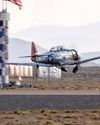
The Temple of Speed
Reno entices even this altitude-oriented pilot.

Flat Sixes
Fanatical artisans
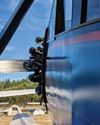
Blue over Green, Tent in Between
I’m old , I’m cranky. Why do I keep air-camping?
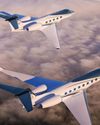
Gulfstream Reveals G400, G800
The product lineup gains large-cabin and ultralong-range mounts.
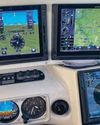
Every Airplane Requires a Checkout
Embrace the challenge of mastering a new machine.
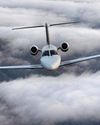
Fuhggedaboutit
Fifty-plus years of f lying forgetfulness
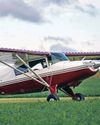
THE MAULE FAMILY APPROACHABLE AIRCRAFT
Choose your mount —the Maules do it all.
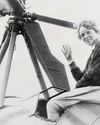
Sisters
“ Women certainly have the courage and tenacity required for long flights.” —Mildred Doran
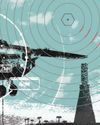
INSIDE OUT OR OUTSIDE IN?
What kind of pilot should you be?
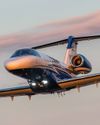
WE FLY: CESSNA CITATION CJ4 GEN2
THE FLAGSHIP CJ JUST GOT A WHOLE LOT BETTER.